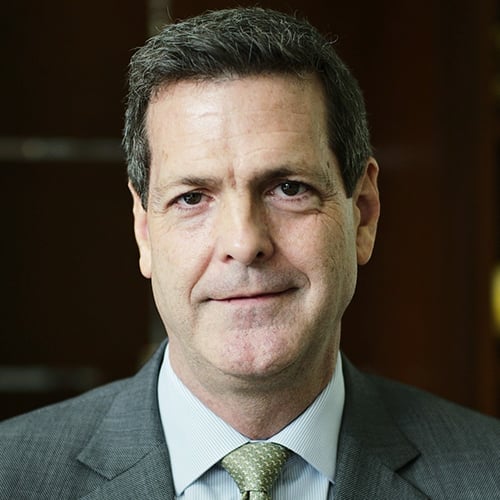 Here is another segment of the financial markets in the Asia-Pacific that China is changing: trading of G3 bonds in the secondary market. “It is a completely different market from what it used to be,” says Michel Lowy, CEO and co-founder of SC Lowy, the Hong Kong-based fixed income trading house. “Over half of the issuers are Chinese today.”
Here is another segment of the financial markets in the Asia-Pacific that China is changing: trading of G3 bonds in the secondary market. “It is a completely different market from what it used to be,” says Michel Lowy, CEO and co-founder of SC Lowy, the Hong Kong-based fixed income trading house. “Over half of the issuers are Chinese today.”
He says that the change is notable in the trading of high-yield bonds, which is the segment the firm is focused on. “The players are increasingly Chinese investors,” he points out. “We have a lot of clients who are Chinese and who have set up offices in Hong Kong to buy offshore Chinese high-yield bonds.”
Lowy recalls that two years ago, less than 10% of the firm’s trading volume was with Chinese offshore counterparts. “Now, there are days when it is almost 50% of our volume. They have really changed the market.”
In terms of their approach to investing, Chinese investors are no different from other types of investors. “I don’t like to say that they are like this or like that,” he shares. “There are people with strong fundamentals anywhere in the world and there are people who like to play with the flow and do not do the same kind of homework.”
What he would say is that Chinese investors tend to be much more macro-driven, which he suggests makes sense. “If you look at the high-yield market, many issuers are Chinese property developers. Each developer is going to suffer if the market is not going well,” he explains.
“While they need to run their business well, and you can earn a better margin by owning one issuer versus the other, the big question is as an asset class, are Chinese property bonds going to perform or not?”
Selections within a portfolio are less relevant as a result. He continues that many investors in the Chinese high-yield bond market are much more focused on what is going on in Beijing than on the credit itself. “It is a different dynamic,” he says.
In the case of the so-called LGFV bonds, issued by Chinese local government financing vehicles, Lowy says his firm’s approach is to facilitate trading in the secondary market rather than take a view. “We will not commit a lot of capital because we are not in the best position to assess those risks. That is not our strength. We don’t have a local presence in China.”
SC Lowy, set up by Lowy and Soo Cheon Lee eight years ago, is on track to record US$15 billion of turnover in 2017, riding the robust pace of growth of the region’s fixed income market. Still, he is unsure whether the rapid growth of Asia's G3 bond market in the past decade will continue. “I am nervous. The music can play until it doesn’t. I can’t predict when the music stops but at some point, it does; at some point, there is fear and something happens.”
And when that happens, SC Lowy is likely to be in the middle of making the most of what it knows best - trading distressed debt.
The Asset’s exclusive interview with Lowy appears in the July/August 2017 edition of The Asset. To gain access to the article, please contact us.
Asset Benchmark Research has just launched the Asian G3 Bond Benchmark Review 2017. To participate, please click here.









